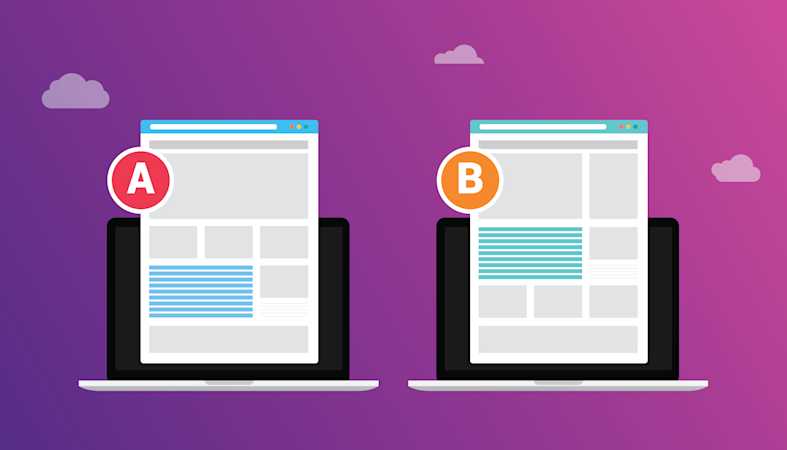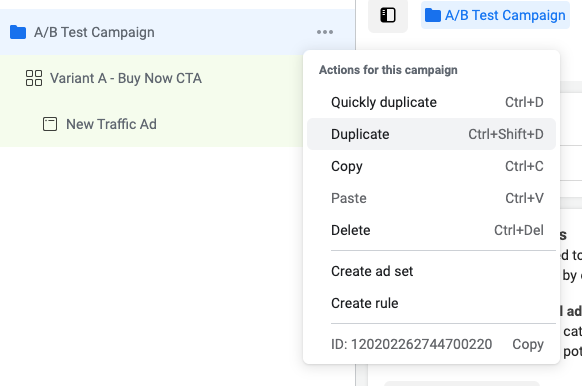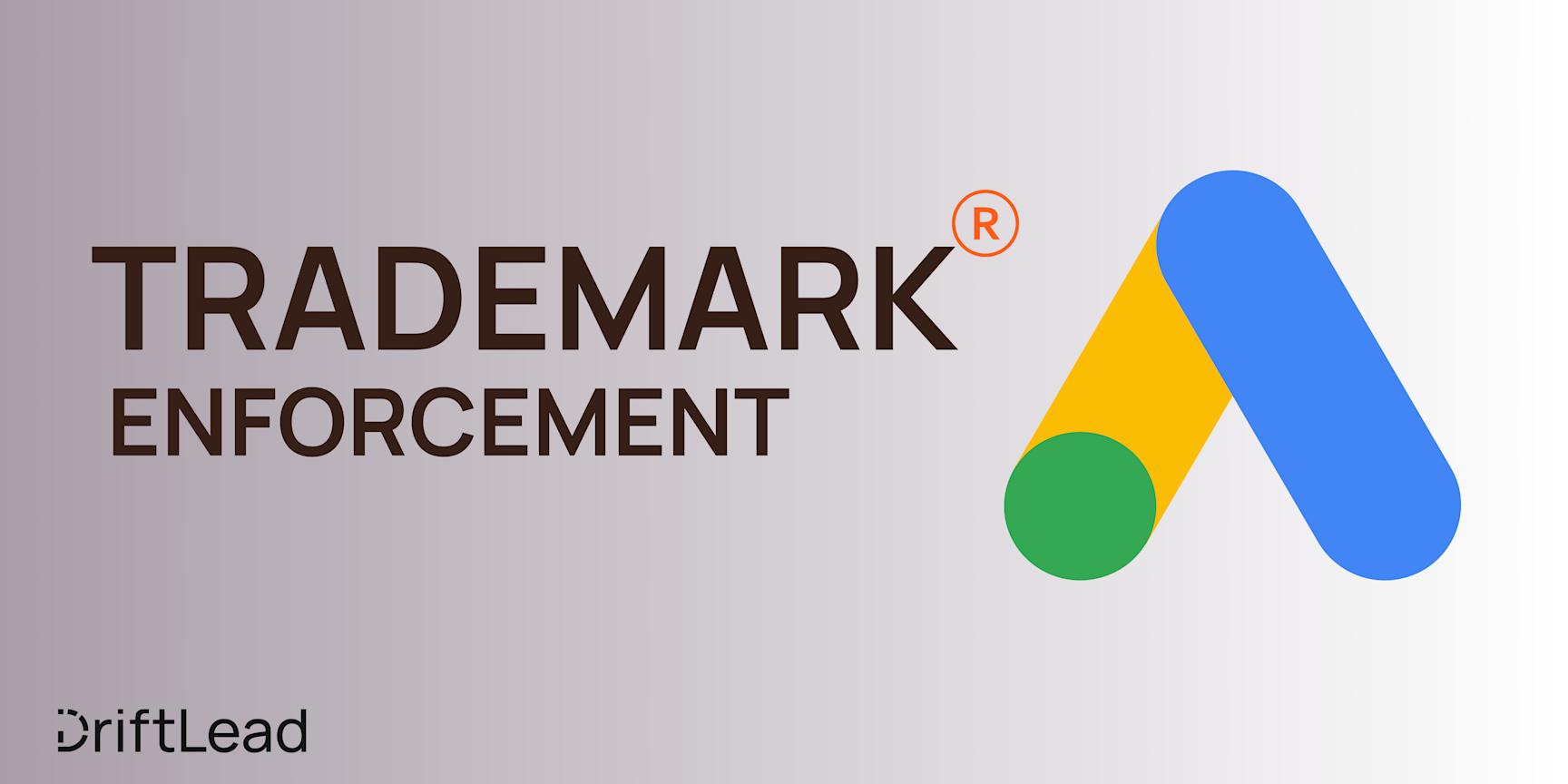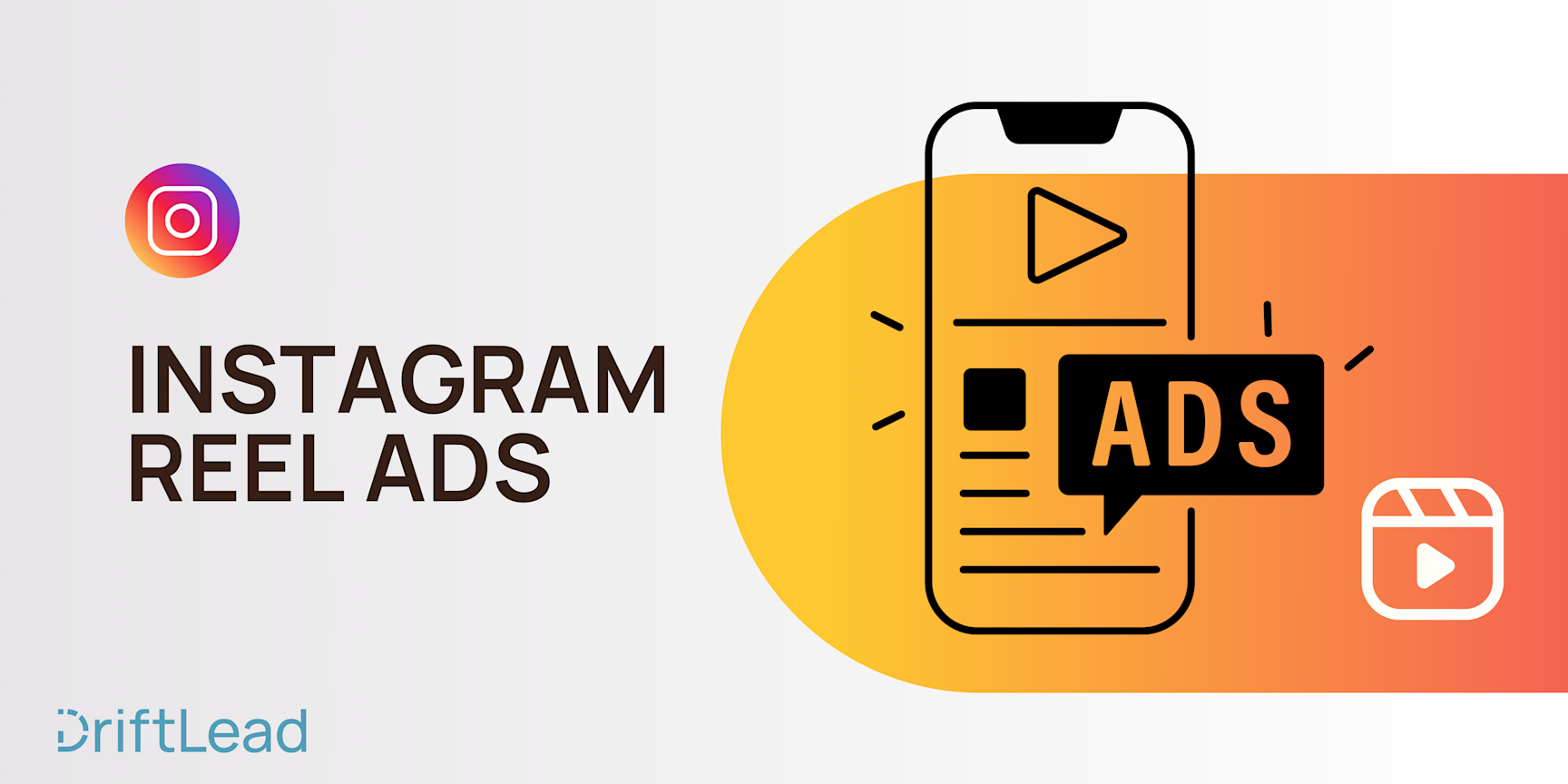A/B Testing in Facebook Ads - A Complete Guide
28 Nov, 2023
Discover the power of A/B testing in Facebook Ads. Learn best practices, how to set up tests, and analyze results effectively with our comprehensive guide

Jump to:
Hop on our weekly newsletter train! We're sharing tips so stellar, we're practically job-threatening ourselves!
Launching a Facebook ad campaign without A/B testing is like trying to hit a bullseye blindfolded. Sure, you might get lucky, but why leave it to chance?
Every click, like, share, and purchase on Facebook is a story of what resonates with your audience. By employing A/B testing, or split testing, you can decode these stories, transforming guesswork into a data-driven strategy. It's about asking, "What if?" and letting real-world interactions provide the answers.
Whether you're a seasoned marketer fine-tuning your approach or a newcomer eager to make your mark, A/B testing is your secret weapon. It's the science behind the art of persuasion, allowing you to tailor your message so it strikes a chord with your intended audience. In this guide, we'll dive into the why, what, and how of A/B testing in Facebook ads. From structuring your account for effective testing to interpreting the results, we've got you covered.
Why A/B Test?
Whether you are running an ad that is bringing in tons of results or falling flat, it's crucial that you know what about the ad is contributing to the performance. Without understanding what made an ad succeed or fail, you will have a hard time knowing where to start and what to avoid in the future. This is where A/B testing can make a world of difference in your campaign performance—by helping you pinpoint exactly what is likely to lead to results and what is not. Let's vide into the other advantages of split testing:
Maximize Ad Performance: As we alluded to above, the key benefit of split testing is improved ad performance. Think of A/B testing as your marketing workout. Just as you exercise to improve your fitness, A/B testing strengthens your ads, ensuring they perform at their peak. 🏋️♂️🚀
Cost Efficiency: By identifying which elements of your ad resonate most with your audience, you can focus your budget on what works, reducing wasted spend on less effective variations. 💸🎯
Audience Insights: Each test is a learning opportunity, offering a deeper understanding of your target market. What colors, messaging, and calls-to-action does your audience prefer? A/B testing answers these crucial questions. 🤔📊
Beat the Competition: In the fast-paced digital ad space, staying ahead means constantly innovating. A/B testing allows you to refine your strategy continuously, keeping you one step ahead of competitors. 🏁🥇
Validate Ideas: Got a creative or bold new idea for your campaign? Test it first. A/B testing provides a low-risk environment to try new concepts and validate them before a full rollout. 🌟🧪
Optimize User Experience: The best ads feel like a natural, enjoyable part of your audience’s social media experience. A/B testing helps fine-tune your ads for an unobtrusive and engaging user experience. 😊📱
Structuring Your Account for Optimal A/B Testing
Laying the foundation for effective A/B testing in Facebook ads is akin to setting up a science lab for experiments - it requires precision, organization, and a clear understanding of your objectives. Here's how to structure your Facebook Ads account for optimal A/B testing:
Clear Campaign Objectives: Before you start testing, define what you're trying to achieve with each campaign. Is it more website clicks, increased engagement, or higher conversions? Your objective will guide your testing strategy. 🎯
Segmented Ad Sets for Specific Audiences: Organize your ad sets to target specific segments of your audience. This allows for more controlled testing and clearer insights into what resonates with each group. 🧑🤝🧑🔍
Consistent Budget Allocation: Ensure that your ad sets have equal or proportionate budgets for a fair test. Skewed budgets can lead to skewed results, as one ad set might outperform simply due to higher visibility. 💰📊
Variation Control within Ad Sets: Within each ad set, have variations of the same ad to test different elements like images, headlines, or call-to-actions. This method isolates variables, making your results more reliable. 🖼️✏️
Use of Facebook’s Experiment Tool: Leverage Facebook's built-in Experiment tool. It offers a structured way to conduct A/B testing with features like split testing, where you can test different ad strategies against each other. 🧪💻
Time Frame Consideration: Decide on a reasonable time frame for each test. Too short, and you might not gather enough data; too long, and external factors might skew your results. 🕒📆
Baseline Metrics for Comparison: Establish baseline metrics for comparison. What are your average click-through rates, conversion rates, and engagement levels? Use these as a benchmark to measure the success of your test. 📈📏
Adaptation to Facebook’s Learning Phase: Understand and account for Facebook’s learning phase, the period when the algorithm is still optimizing your ad delivery. Make changes cautiously during this phase to not skew the learning process. 🤖📚
Organized Naming Conventions: Use clear and descriptive naming conventions for your campaigns, ad sets, and ads. This helps in quickly identifying which elements are being tested and simplifies analysis. 🏷️📝
Deciding What to Test
Embarking on an A/B testing journey in Facebook ads is like preparing a buffet - you have numerous options, but choosing the right dishes is crucial for success. Here's a guide on deciding what to test to ensure your A/B testing efforts are well-directed and effective:
Ad Creatives: The visual elements of your ads are the frontline soldiers in catching audience attention. Experiment with different images, videos, or graphics to see which style resonates most with your target audience. 🖼️🎥
Ad Copy: Your words can profoundly impact your ad's performance. Test different headlines, descriptions, and calls to action. Try varying tones, lengths, and styles to identify what drives engagement and conversions. ✍️📝
Audience Targeting: Facebook's robust targeting options allow you to refine whom you reach. Test different demographics, interests, behaviors, or lookalike audiences to find the most responsive segments. 👥🎯
Placements: Facebook offers various ad placement options across its network, including Instagram, Messenger, and Audience Network. Test to see which placements yield the best results for your specific objectives. 📱💻
Ad Formats: From single images to carousels or videos, each ad format offers unique benefits. Determine which format works best for your message and audience. 🔄🎞️
Landing Pages: Test different landing pages linked to your ads. Changing elements on your landing page, such as layout, content, and call-to-action buttons, can significantly impact conversion rates. 🌐🚪
Bidding Strategies: Experiment with different bidding strategies like cost-per-click (CPC) or cost-per-impression (CPM) to see which approach is most cost-effective for your goals. 💲📊
Ad Scheduling: The timing of your ad can influence its performance. Test running your ads on different days of the week or times of the day to optimize for engagement and conversions. 🕒📅
Ad Extensions: If applicable, test different ad extensions like call buttons, location links, or additional information links. These can enhance your ad’s utility and increase interaction rates. 📲🔗
Value Propositions: Different value propositions or offers might appeal more to your audience. Test variations like discounts, free trials, or exclusive content to see which triggers more positive responses. 🎁📉
Best Practices for Conducting A/B Tests
Conducting A/B tests in Facebook ads is similar to perfecting a gourmet recipe - it requires precision, patience, and a sprinkle of creativity. To ensure your A/B testing brings out the finest flavors of your advertising campaigns, consider these best practices:
One Variable at a Time: The golden rule of A/B testing is to change only one element per test. Whether it’s the ad copy, image, or audience, altering multiple variables can muddle your results, making it hard to pinpoint what drove any changes in performance. 🧩🔍
Statistical Significance: Patience is key. Run your tests long enough to gather enough data to reach statistical significance. This ensures that the results you see aren’t just due to chance. 📊⏳
Clear Objectives: Define what success looks like before you begin. Whether it's higher click-through rates, increased conversions, or greater engagement, having a clear goal helps you understand the impact of your tests. 🎯📈
Segmented Audience Approach: Ensure that your audience segments do not overlap across different A/B tests. Audience overlap can skew results and give you an inaccurate picture of what’s working. 👥🚫
Consistent Testing Conditions: Keep external variables consistent. This includes running your A/B tests simultaneously to avoid time-based biases like day-of-week or seasonal effects. 🕒📅
Use a Representative Sample Size: Ensure your test groups are large enough to be representative of your target audience. Small sample sizes can lead to misleading conclusions. 🧮👥
Learn and Iterate: A/B testing is not a one-off exercise. Use your findings to make informed adjustments, and continue testing. Each test is an opportunity to learn more about your audience and refine your approach. 🔄📚
Document Everything: Keep a detailed record of your tests, including the hypothesis, duration, variables, and results. This documentation is invaluable for understanding past experiments and planning future ones. 📝🗂️
Mind the User Experience: While testing is crucial, ensure that the variations in your ads don’t stray too far from your brand voice or confuse the user experience. Consistency in your brand’s messaging is vital. 🌟✅
Determining the Duration of Your Tests
The duration of an A/B test is a critical factor that hinges on achieving statistical significance – a reliable assurance that your test results aren’t just a fluke. This significance is achieved when you've collected enough data points to confidently say that the differences in ad performance are due to your changes, not random chance.
Think of it as filling a jar with colored marbles to understand the predominant color. A handful of marbles might not give you the true picture, but as you add more, patterns begin to emerge. Similarly, in A/B testing, the more user interactions (clicks, conversions, etc.) you gather, the clearer the picture of your ad performance becomes.
But how long should this collection period be? A good rule of thumb is to run tests for at least one to two weeks depending on your budget. This span typically allows for the accumulation of enough data, considering daily and weekly fluctuations in user behavior. However, if your ad campaign has a smaller audience reach or a limited budget, you might need a longer duration to collect a comparable amount of data.
It’s also vital to consider the rhythm of your specific market. Some products or services experience varying engagement levels due to external factors like holidays or special events. These fluctuations can influence your test results, so it's important to account for them in your testing timeline.
Most importantly, ensure your test runs through the entirety of Facebook's algorithm learning phase. This phase is crucial for the platform to optimize ad delivery, and cutting it short could lead to skewed results.
Notably, if you set up your test using Meta's native split testing feature, it will inform you when the results have reached statistical significance.
How to Set Up A/B Tests in Facebook
Step 1: Define Your Objective
Objective
: Clearly define what you want to achieve with your A/B test (e.g., increase click-through rate, improve conversion rate).
Step 2: Choose Your Variables
Variables: Decide which elements of your ad you want to test. This could be anything from the ad copy, images, or targeting options. Remember to only test one variable at a time for clarity in results.
Step 3: Create Your Ad Sets
Log into Facebook Ads Manager: Go to your Facebook Ads Manager account.
Create a New Campaign: Start a new campaign and choose the objective that aligns with your test goal (unless you are split testing two different objectives) - BTW, in this case, you'd want to use two campaigns vs two ad sets as specified below.

Create Two Ad Sets for Testing: Create two ad sets (Ad Set A and Ad Set B) in the campaign. Each ad set will represent a different version of your test variable. The easiest way to do this is to create one ad set and duplicate it to change the variable

Step 4: Implement Your Variants
In each ad set, create an ad that reflects the variable you’re testing. For example, if you’re testing ad copy, create two ads that are identical except for the copy.
Step 5: Set Up Audience and Budget
Ensure both ad sets are targeting the same audience and have the same budget. This is crucial for a fair comparison.
Step 6: Monitor Your Test
Duration: Run your test for a sufficient period to collect enough data for analysis. This duration can vary but typically spans a few weeks.
Data Tracking: Regularly check the performance of each ad set in terms of your defined objectives.
Step 7: Analyze the Results
At the end of the testing period, analyze the results of each ad set. Compare them based on your objective (e.g., which ad set had a higher CTR or conversion rate).
Step 8: Implement Findings
Apply the insights gained from your A/B test to optimize your future campaigns. If one variant outperforms the other, use the winning elements in your ads.
Step 9: Rinse and Repeat
Continuous improvement is key in advertising. Keep experimenting with different variables over time to continually enhance your ad performance.
Conclusion
In conclusion, A/B testing in Facebook Ads is a crucial strategy for any marketer looking to refine their approach and maximize returns. It's not just about changing elements randomly; it's a systematic process of learning what resonates with your audience. By following the steps outlined – defining objectives, choosing variables, setting up ad sets, and carefully analyzing results – you can gain invaluable insights into your audience’s preferences and behaviors.
Not sure where to start or need some expert guidance? We've got you covered. At DriftLead, we specialize in crafting bespoke marketing plans that align with your unique business goals. Whether it’s fine-tuning your Facebook strategy or exploring new digital horizons, we’re here to help you navigate the complexities of online advertising.
🚀 Ready to turbocharge your Facebook Ads? Click here to get your free marketing plan from DriftLead and start making every ad count! 🌟






